Independent analysis of the flexible phone Galaxy ZFold4 revealed that the bill for his materials was about $670. When it comes to profit margin, the Fourth Fold falls in between iPhone 14 Pro Max and the Huawei Mate Xs foldable smartphone.
Estimated cost of components Galaxy About 4% of the selling price is from Fold38. In contrast, the Huawei Mate Xs has a cost-to-sale price ratio of around 30%, meaning the former Chinese smartphone giant has a higher profit margin than Samsung on its nearly three-year-old 'bender'. In other words, they're paying less for components relative to the launch price of the Huawei Mate Xs.
Another foldable smartphone, the Xiaomi Mi Mix Fold, has a component cost-to-sale price ratio of around 40%. When it comes to regular smartphones, Apple spend on components for iPhone 14 Pro Max just over $500, with a cost-to-market ratio of roughly 46%.
These estimated component costs are based on the site's analysis of the above devices Nikkei in cooperation with the Tokyo company Fomalhaut Techno Solutions. It is important to note that the bill of materials for the mentioned manufacturers does not include the costs of research and development, the technical side of things, marketing, employee wages, etc. It is a rough estimate of the prices of parts in a "vacuum".
You could be interested in
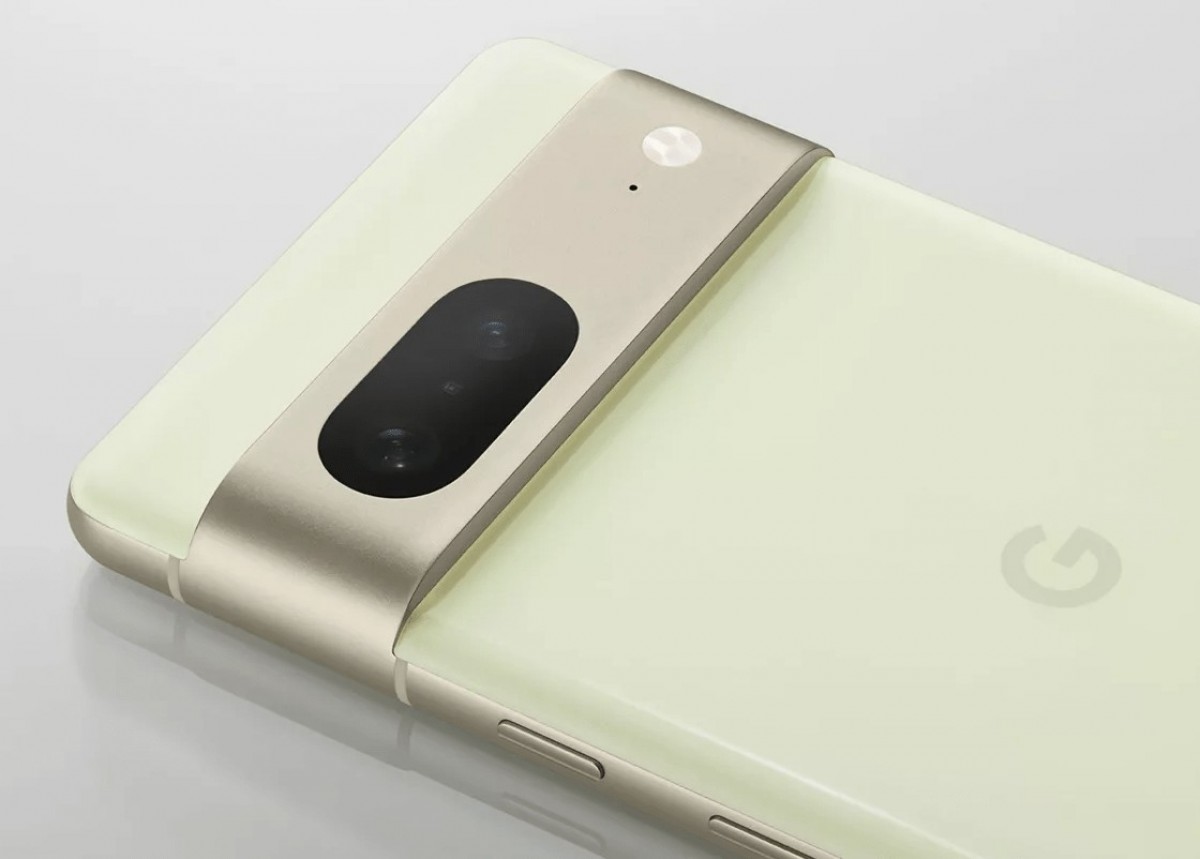
A recent analysis of the fourth Fold also revealed that around half of its components are manufactured in South Korea. For the Huawei Mate Xs, roughly half of the parts are also produced in Samsung's home country, while for the Xiaomi Mi Mix Fold, around 36%.
Galaxy You can buy the Z Fold4 and other flexible Samsung phones here
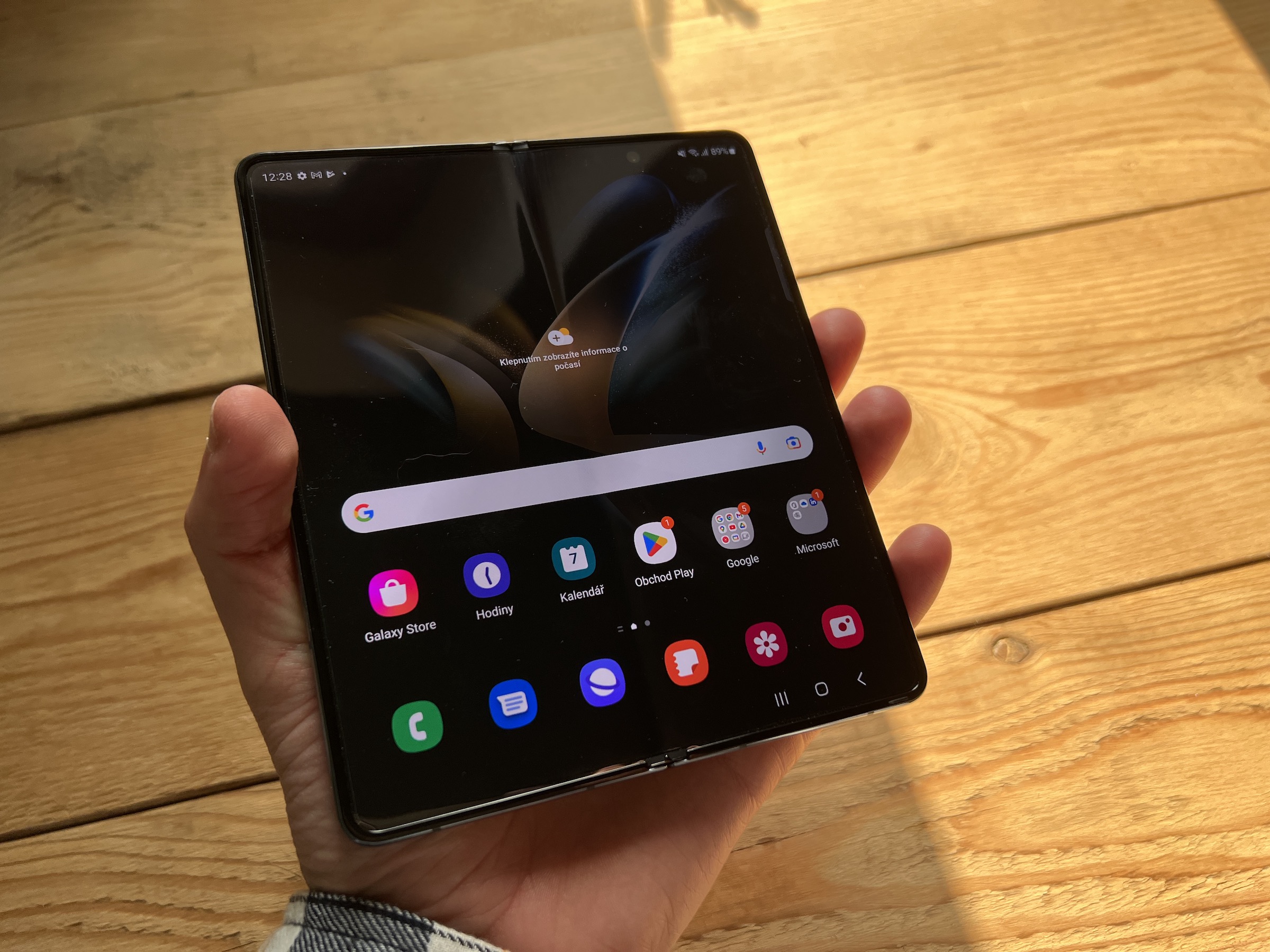
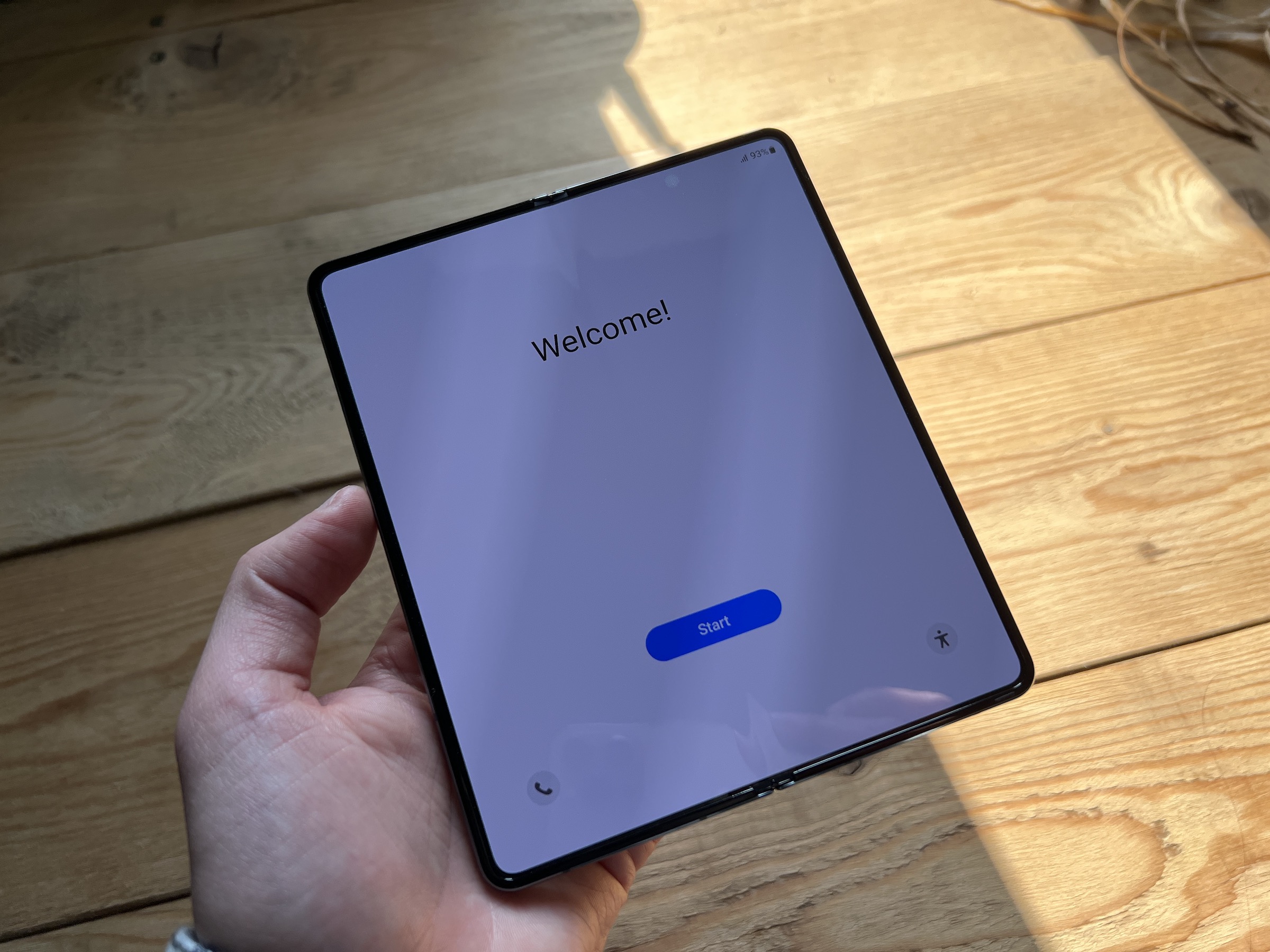

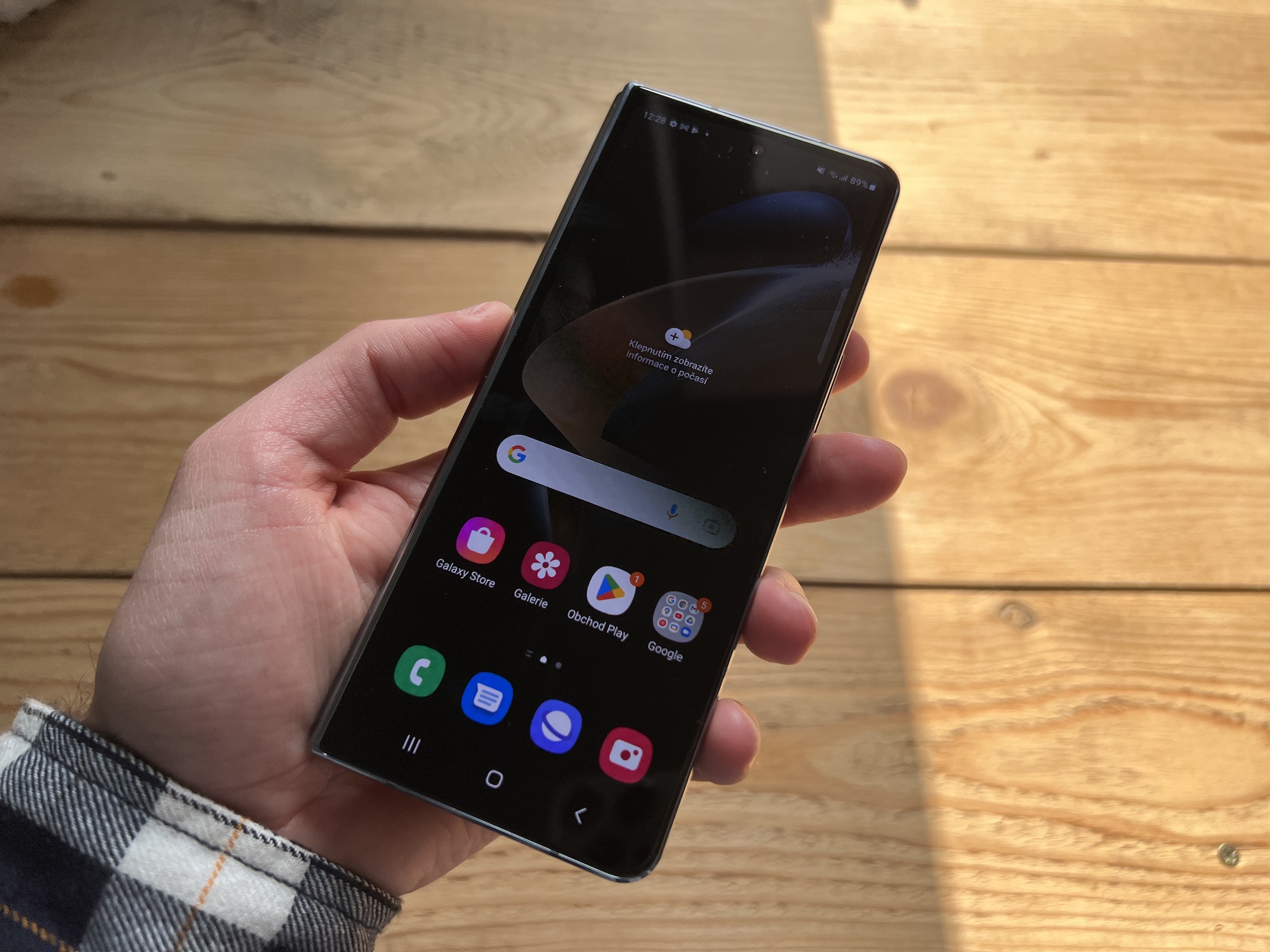
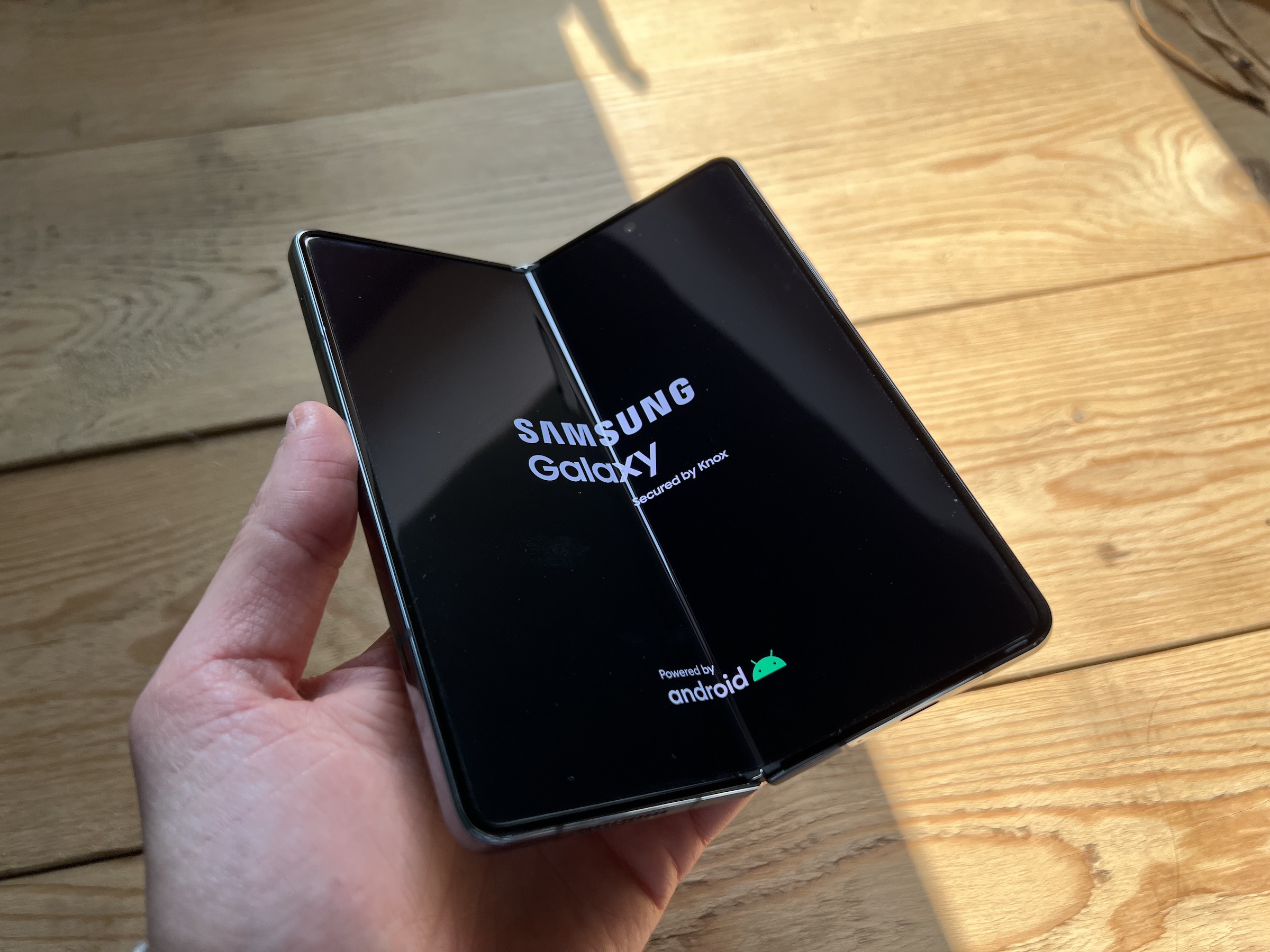
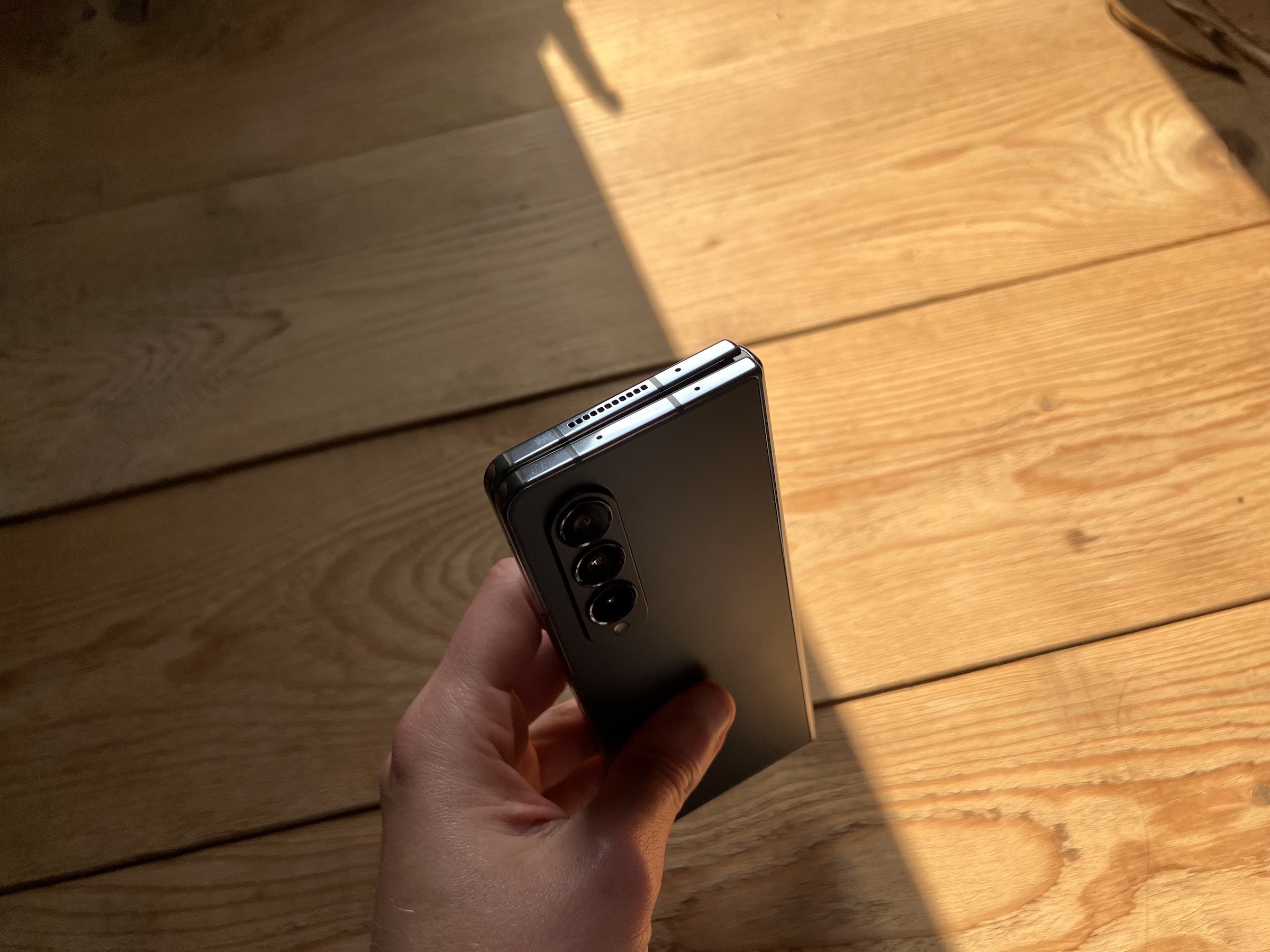
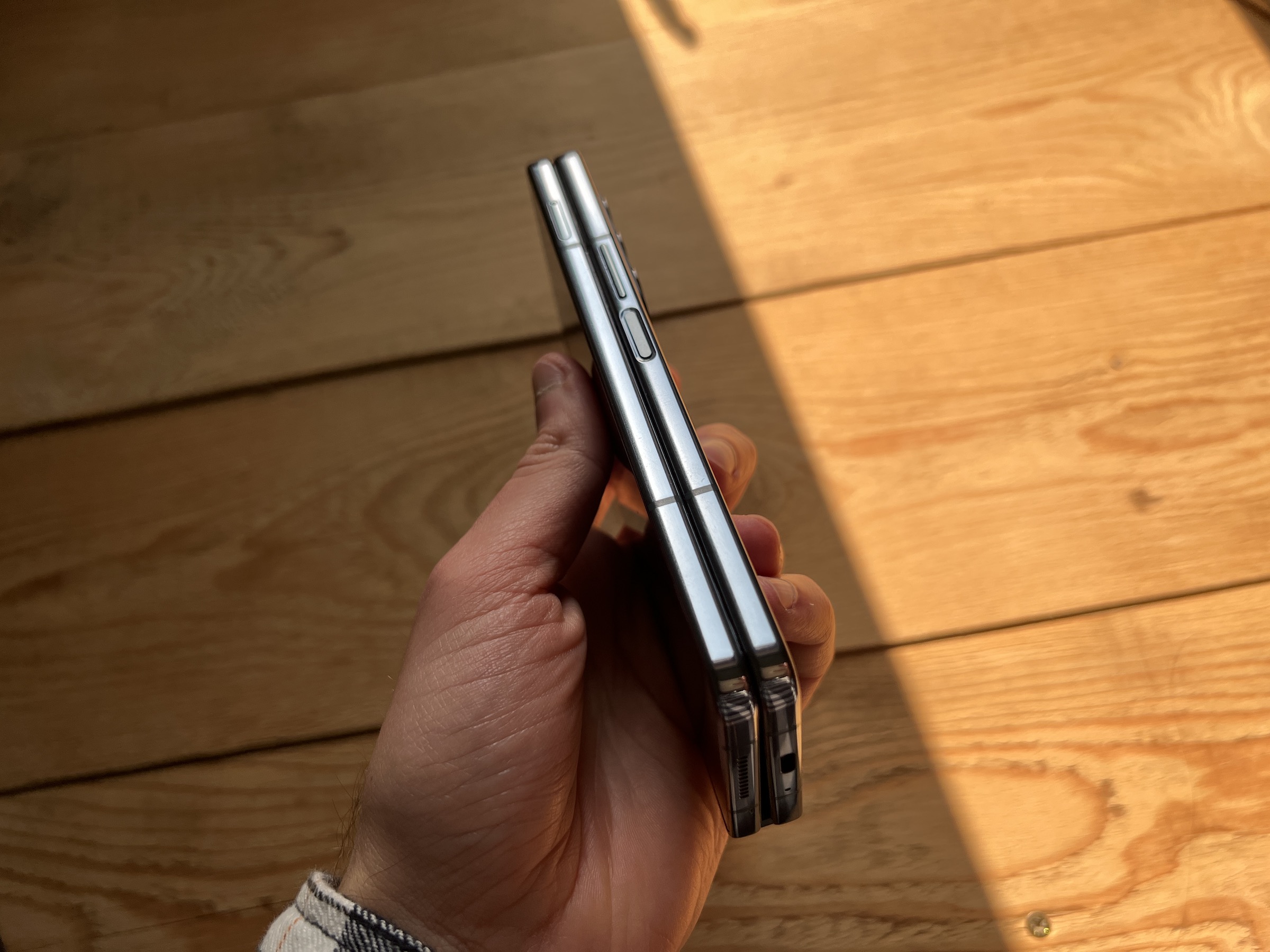
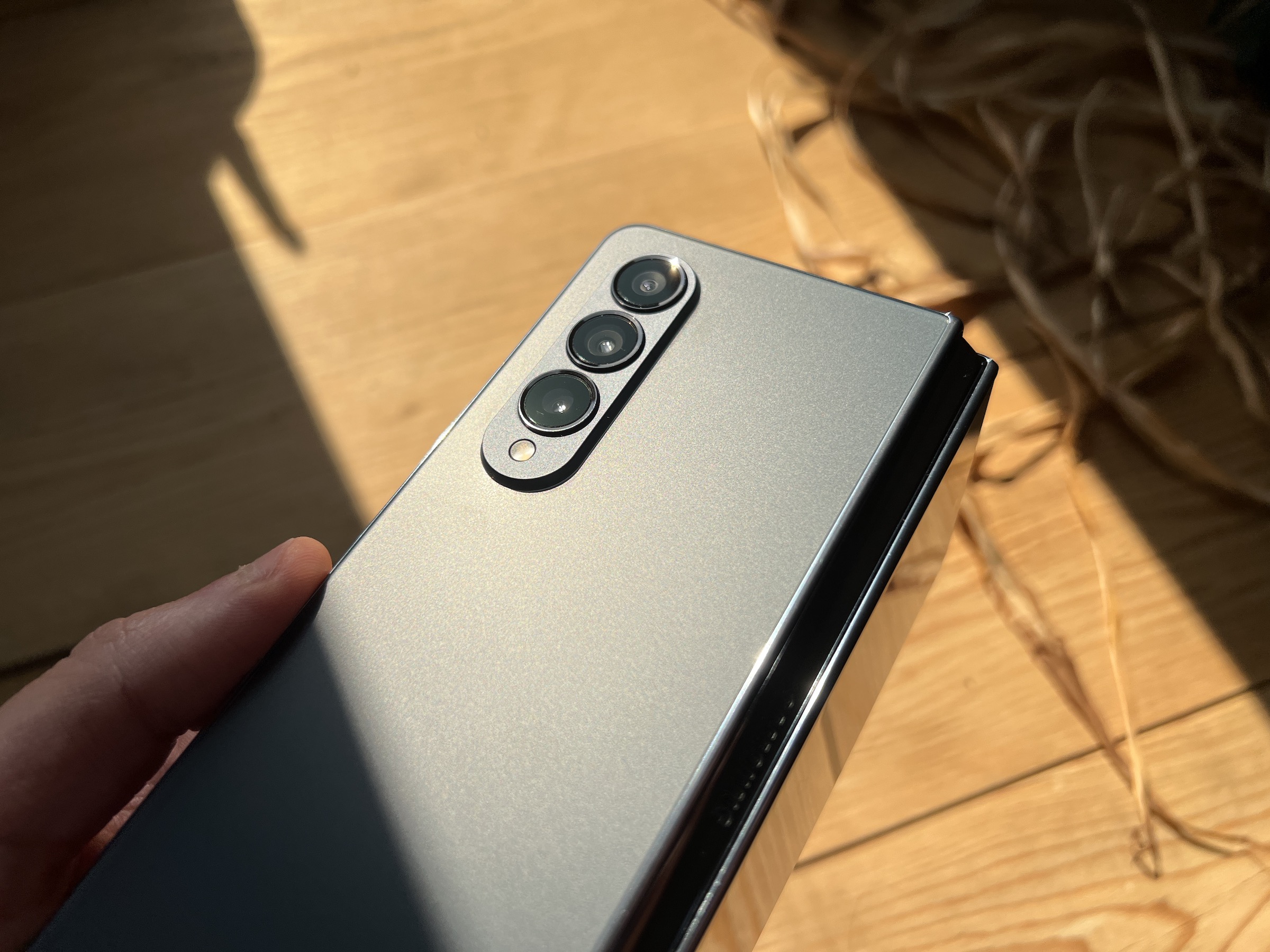
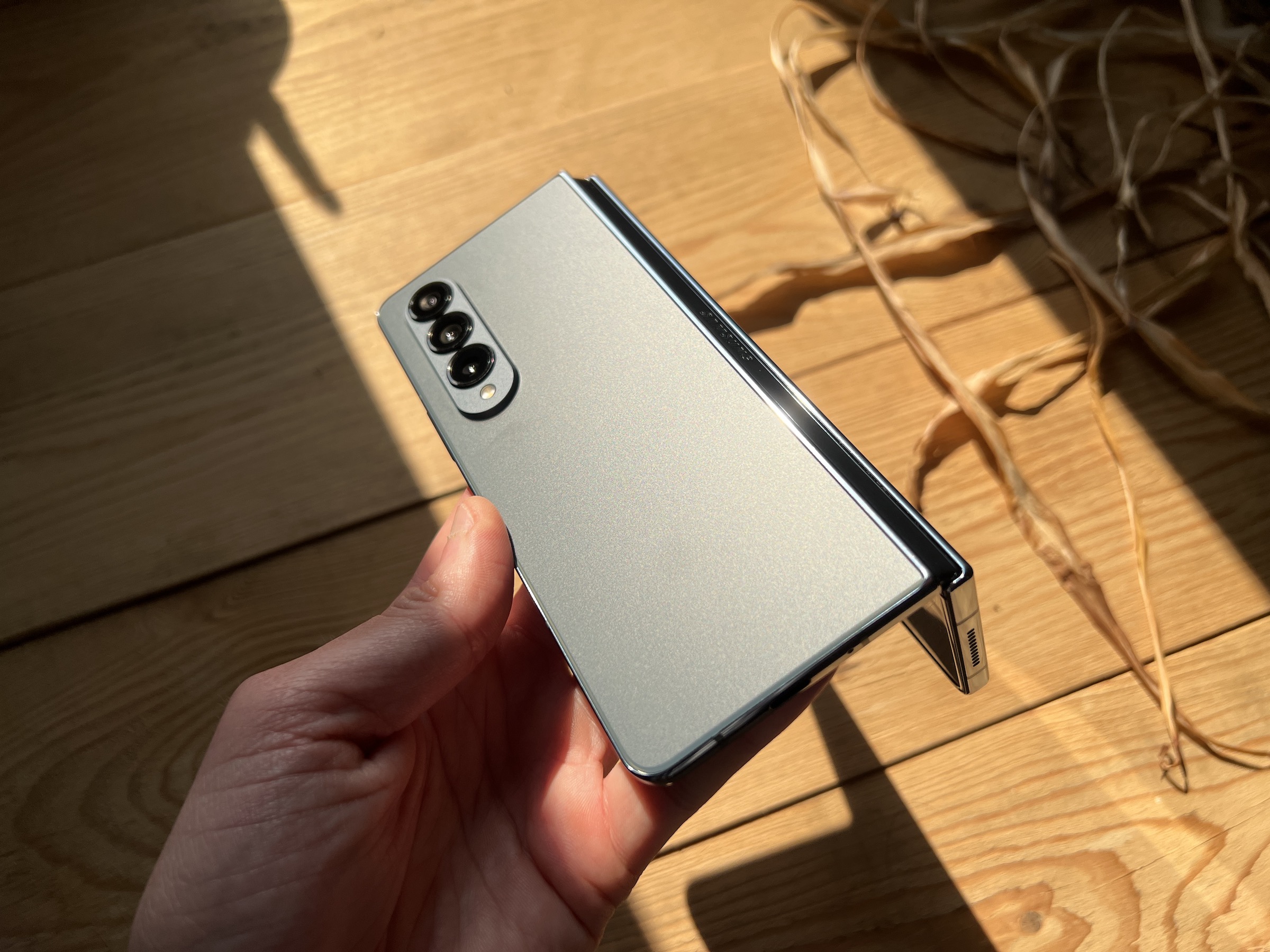
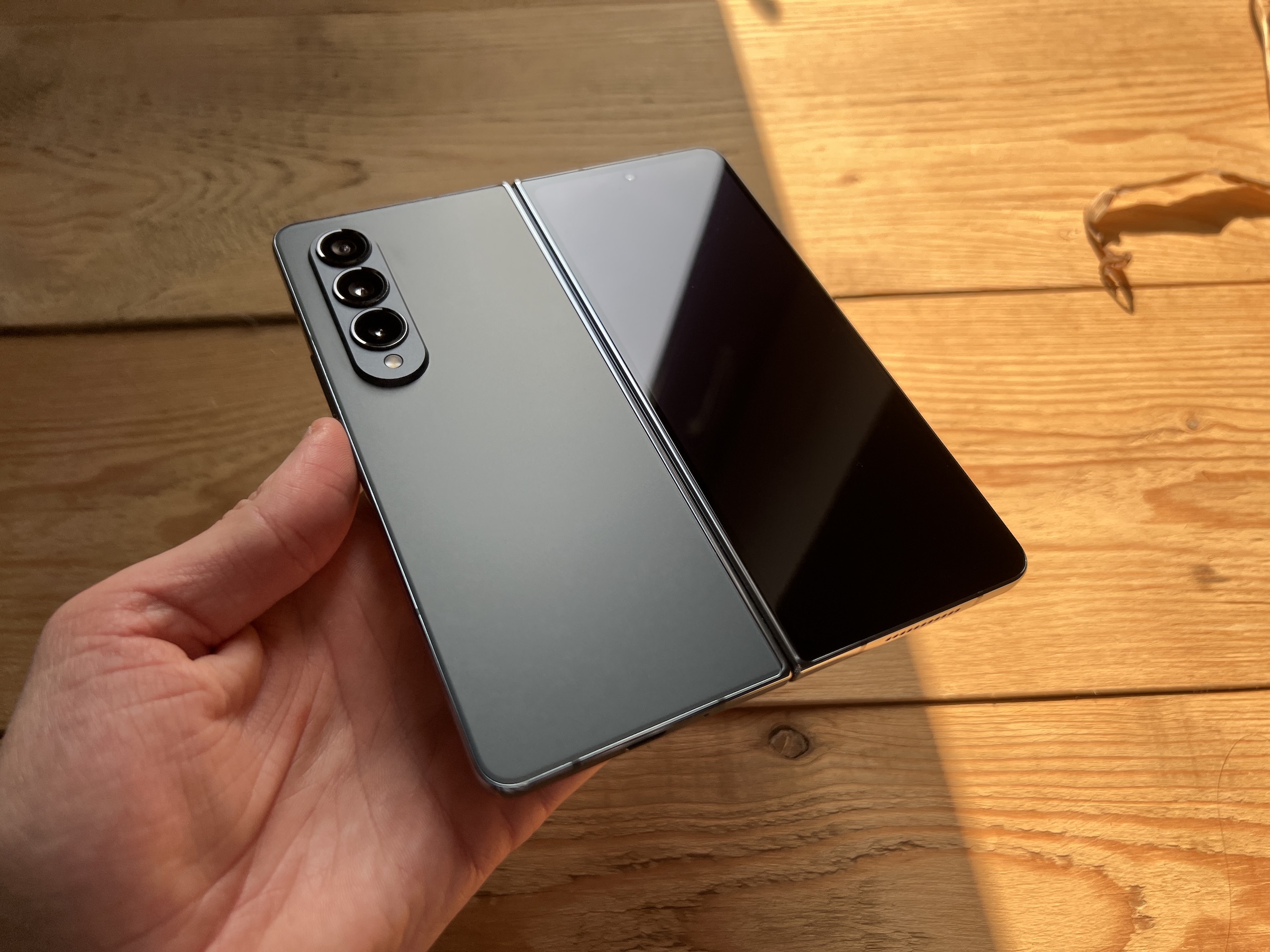
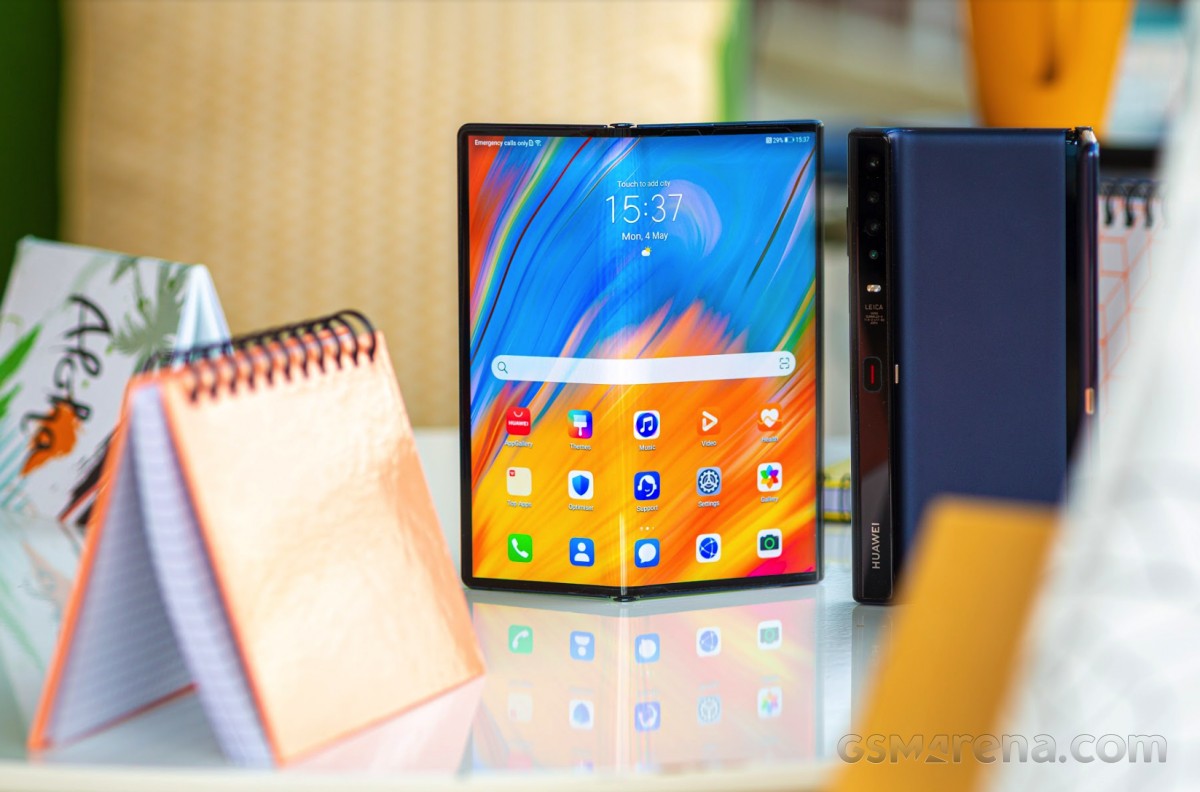
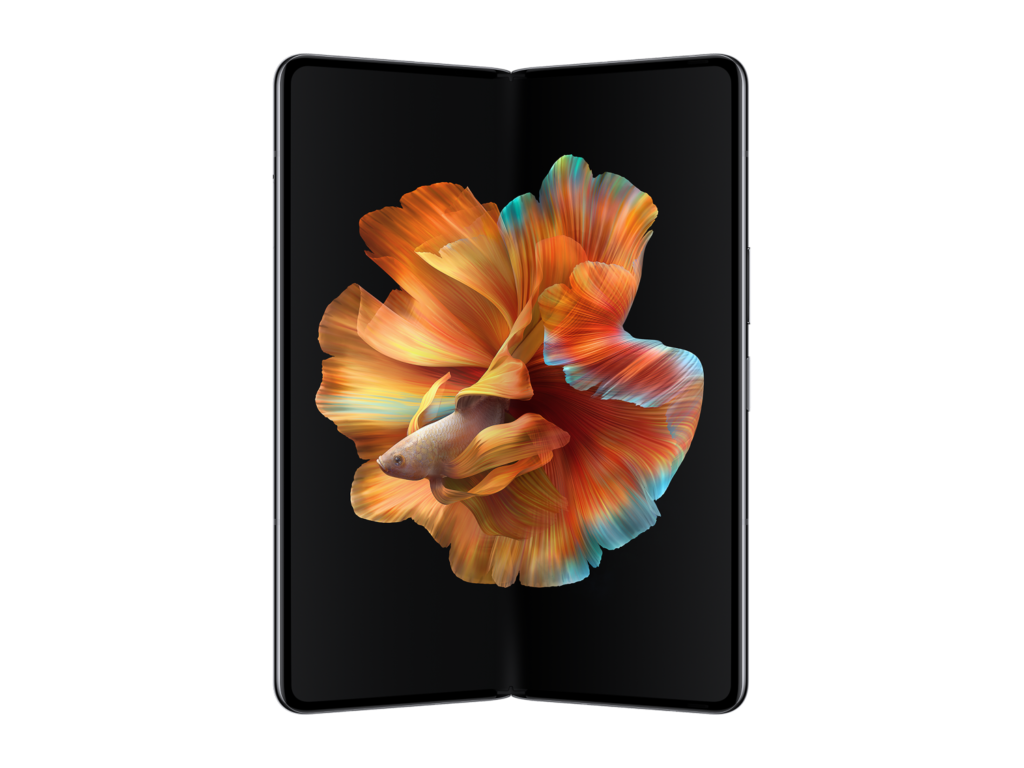
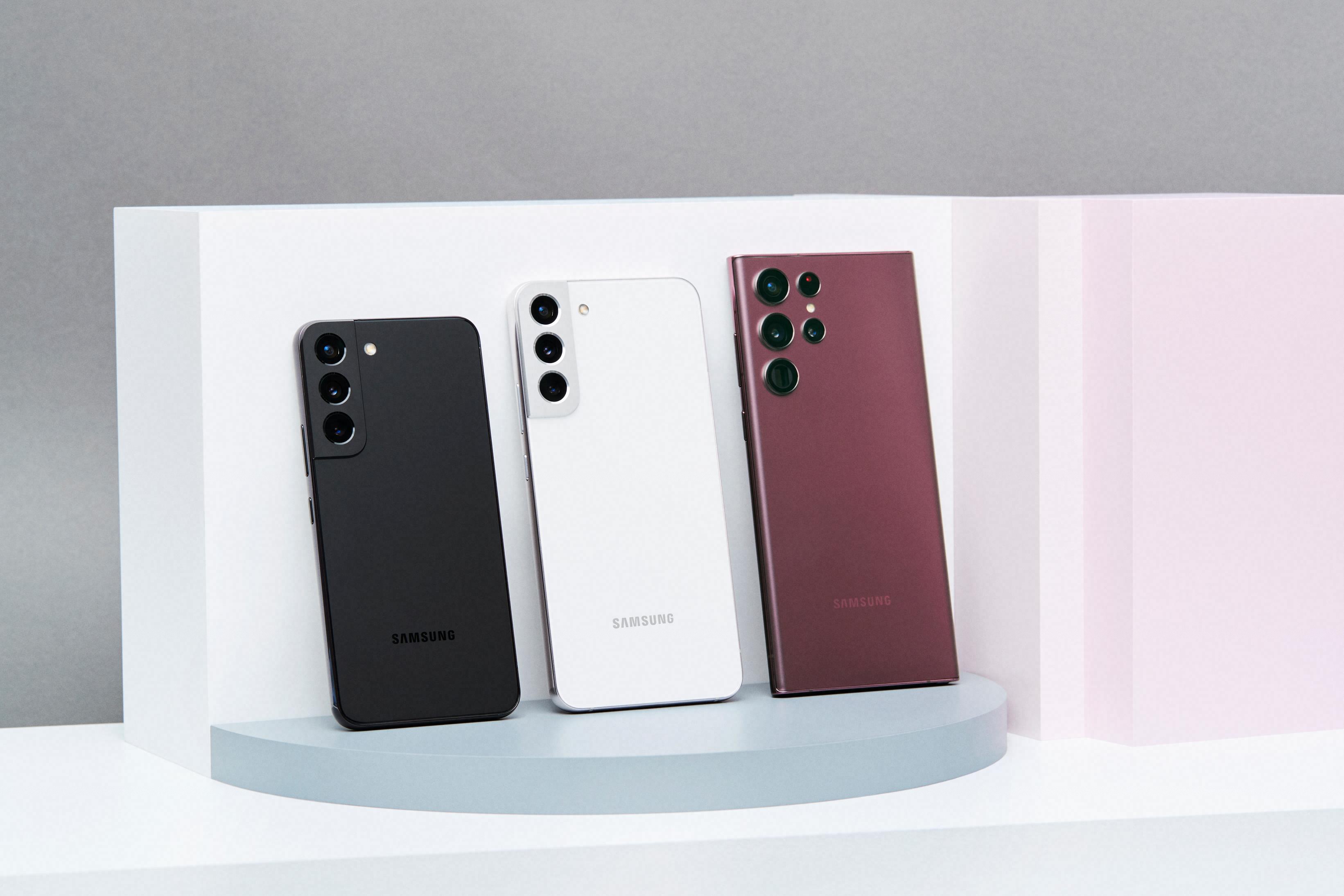

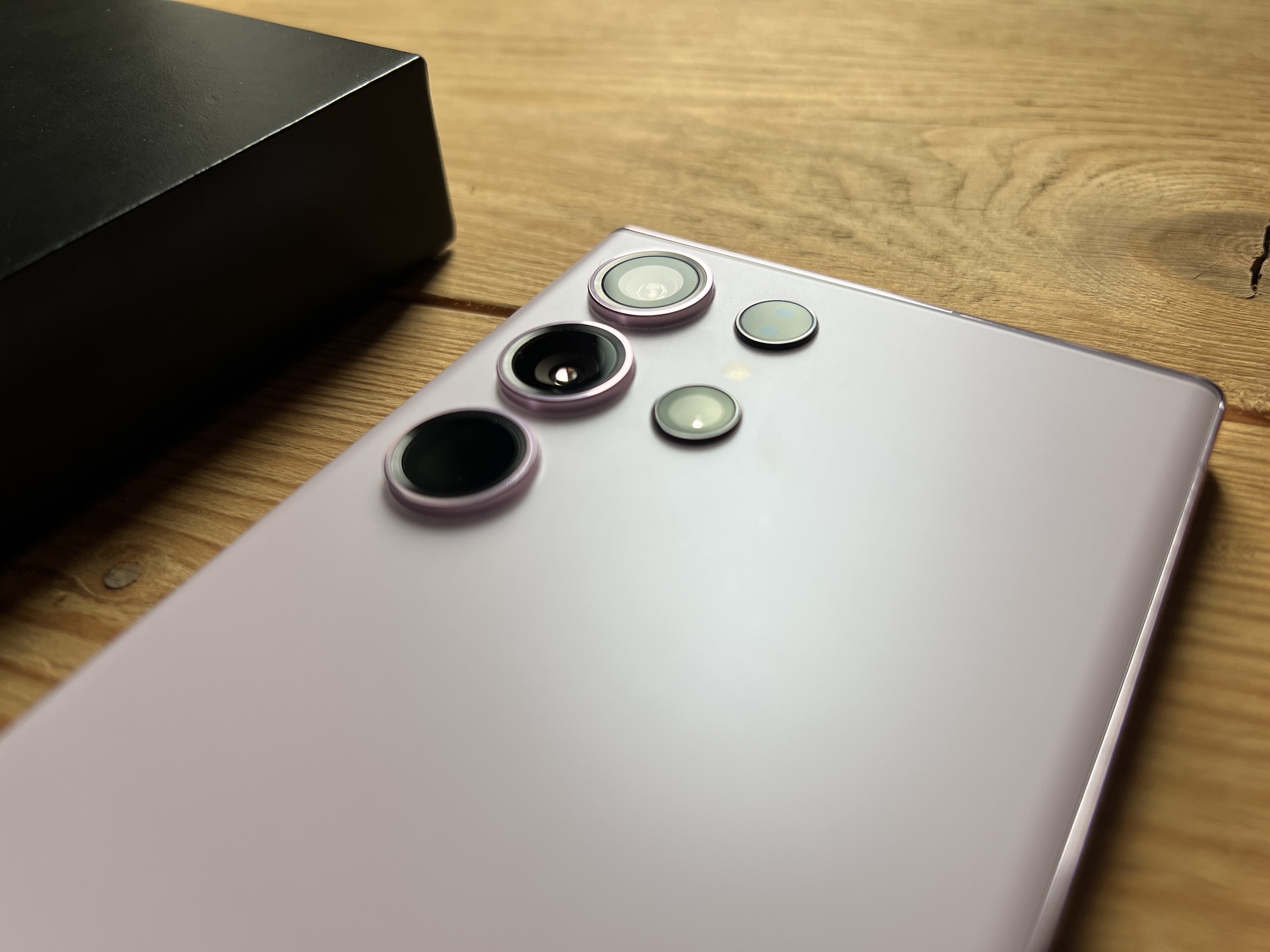
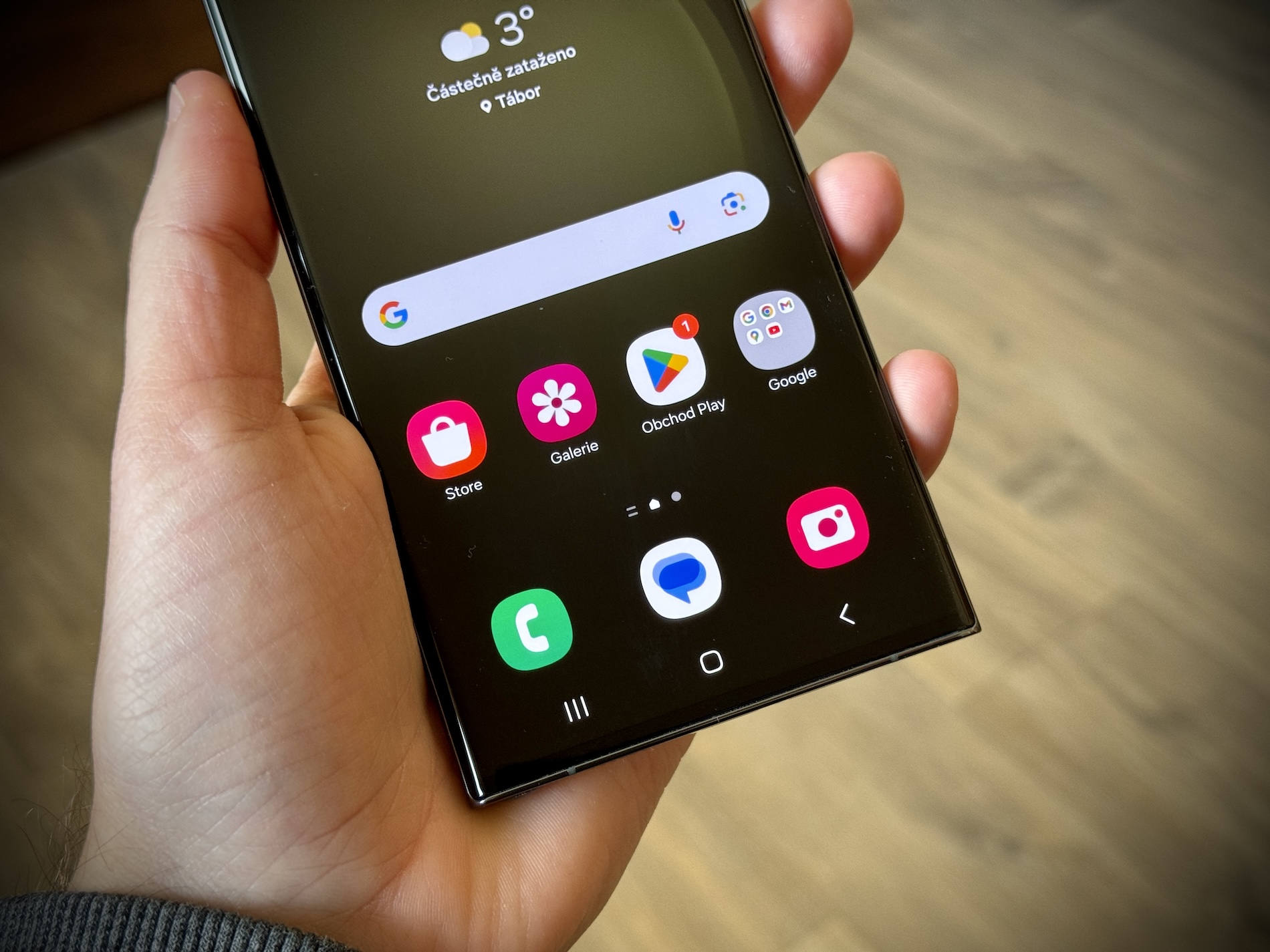
These articles cannot be taken seriously, really not